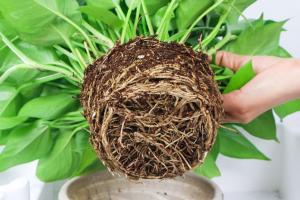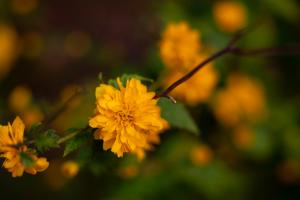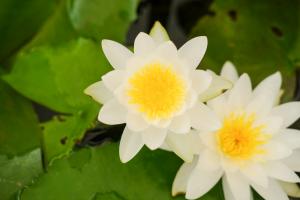Can You Plant Cedar Trees in the Fall?
Cedar trees are a popular choice for landscapers and homeowners alike, and for good reason. These majestic trees are known for their beautiful evergreen foliage, pleasant aroma, and natural pest resistance. They are also surprisingly hardy and can thrive in a variety of climates and soil types. But if you're considering planting cedar trees in the fall, you may be wondering if this is a good idea. After all, the fall season is typically associated with cooler weather, less daylight, and the onset of winter. So, can you plant cedar trees in the fall? Yes, you absolutely can! In fact, fall may be the ideal time to plant cedar trees. Here's why a fall planting may be beneficial for your cedar trees and your yard overall.
The Benefits of Planting Cedar Trees in the Fall
Fall planting offers a number of advantages for cedar trees. For one, the cooler temperatures and increased rainfall of autumn provide an ideal growing environment for these trees. Cooler weather means less stress on young trees and encourages root growth, which is essential for their long-term health. Increased rainfall also helps newly planted trees establish their root systems, while reducing the need for frequent watering from you. Furthermore, planting in the fall gives trees several months to establish their root systems before the onset of winter. This allows them to better withstand cold weather and reduces the risk of damage from wind, snow, and ice.
Steps to Successfully Plant Cedar Trees in the Fall
If you've decided to plant cedar trees in the fall, there are a few steps you can take to ensure their success:
1. Choose the Right Location
Cedar trees prefer moist, well-drained soil and full sun or partial shade. Choose a site that receives at least 4-6 hours of direct sunlight per day, and avoid planting in low-lying areas or near other plants that may compete for water and nutrients.
2. Prepare the Soil
Before planting, loosen the soil to a depth of at least 12-18 inches and remove any rocks, roots, or debris. Mix in organic matter, such as compost or peat moss, to improve soil structure and provide nutrients for the tree.
3. Plant the Tree
Dig a hole that is twice as wide and just as deep as the root ball of your cedar tree. Gently remove the tree from its container and loosen any tangled roots before placing it in the hole. Position the tree so that the top of the root ball is level with the surrounding soil. Backfill the hole with soil, tamping gently as you go to eliminate air pockets.
4. Water and Mulch
Water your newly planted cedar tree thoroughly to settle the soil around the roots. Apply a layer of mulch, such as shredded bark or straw, around the base of the tree to help retain moisture and suppress weeds. Be careful not to pile the mulch directly against the trunk of the tree, as this can cause rot.
5. Maintain Proper Care
Continue to water your cedar tree regularly, especially during dry spells. Avoid overwatering, as this can also be damaging to the tree. Prune any damaged or broken branches as needed, and monitor for pests and diseases.
Conclusion
In conclusion, fall is an excellent time to plant cedar trees. Cooler temperatures, increased rainfall, and the tree's ability to establish root systems before winter all make fall planting a wise choice. By following these steps, you can give your cedar trees the best possible start and enjoy their beauty and benefits for years to come.

 how many times do yo...
how many times do yo... how many planted tre...
how many planted tre... how many pine trees ...
how many pine trees ... how many pecan trees...
how many pecan trees... how many plants comp...
how many plants comp... how many plants can ...
how many plants can ... how many plants and ...
how many plants and ... how many pepper plan...
how many pepper plan...































